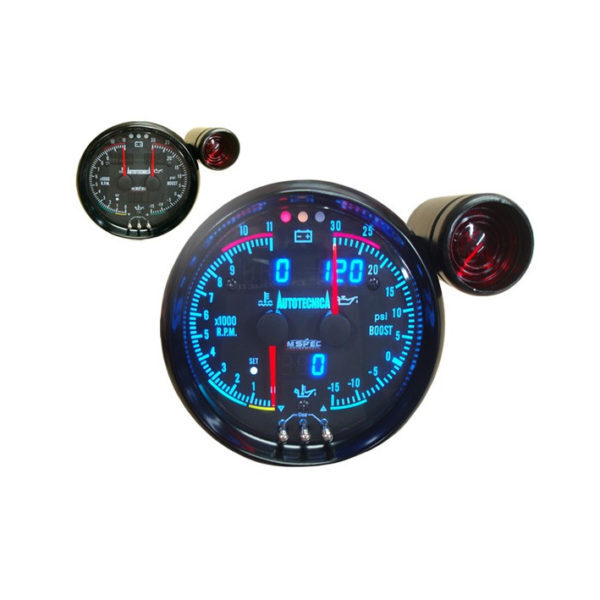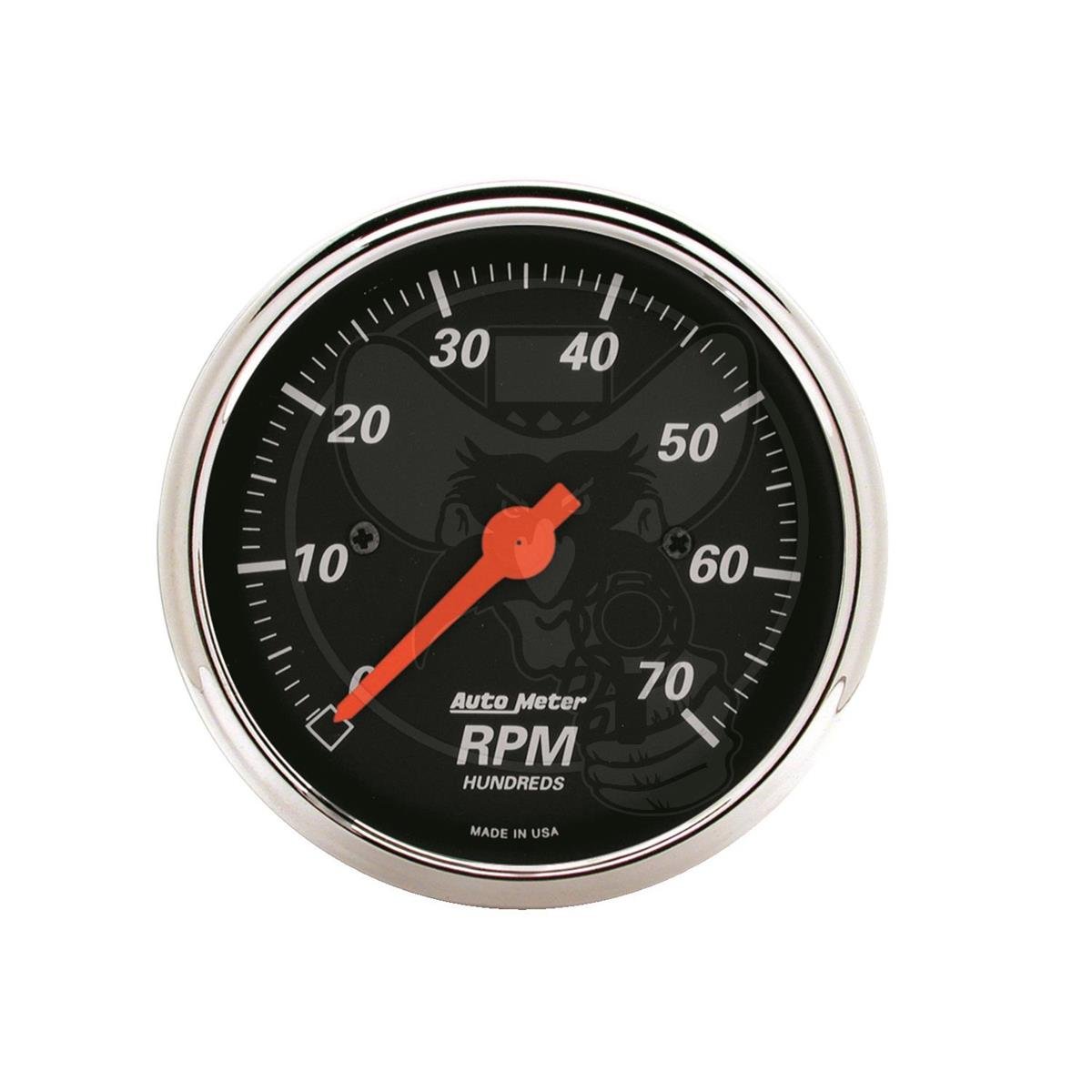Specialist Tips for Keeping and Calibrating Your Tachometer
Specialist Tips for Keeping and Calibrating Your Tachometer
Blog Article
The Importance of a Tachometer in Checking Engine Speed and Efficiency in Automotive Applications
In the world of automobile design, the tachometer stands as a critical instrument in the motorist's collection, providing a straight home window right into the inner workings of a vehicle's engine. Beyond its function as a mere scale of transformations per minute (RPM), the tachometer works as an essential device for lovers and professionals alike, supplying real-time insights right into engine efficiency and wellness. Comprehending the value of this tool goes beyond surface-level observations, diving right into the elaborate relationship between engine speed, power outcome, and general driving experience. As we check out the diverse function of the tachometer in vehicle applications, a much deeper admiration for its effect on automobile characteristics and effectiveness starts to emerge.
Value of Checking Engine RPM
Monitoring engine RPM, or changes per min, is an essential aspect of vehicle upkeep and efficiency evaluation. Engine RPM straight associates with the rate at which the engine's crankshaft turns, showing just how promptly the engine is running.
Moreover, monitoring engine RPM is crucial for performance evaluation in auto racing and high-performance cars. Preserving optimal RPM degrees is important for achieving peak power result and velocity. Racers commonly use tachometers to guarantee they are operating within the suitable RPM array for optimum performance. In summary, checking engine RPM is not just essential for finding problems however likewise for optimizing engine efficiency in numerous vehicle applications.

Benefits of Real-Time Data
In automobile applications, real-time data plays a critical role in providing instantaneous understandings into the performance and condition of the automobile. By continually keeping an eye on various criteria such as engine rate, temperature level, fuel consumption, and extra, real-time information uses many advantages that add to enhanced effectiveness and safety and security when driving.
Additionally, real-time information facilitates efficiency optimization by supplying immediate feedback on driving practices and engine effectiveness. Vehicle drivers can change their actions in real-time based on this information to attain far better fuel economic climate and lengthen the lifespan of their vehicle.

Moreover, real-time information plays an essential function in modern-day automotive diagnostics, making it possible for specialists to quickly detect and attend to malfunctions. This causes lowered downtime, reduced maintenance prices, and eventually, improved overall car integrity and longevity (tachometer). By harnessing the power of real-time data, automotive stakeholders can make informed choices that positively affect both the efficiency and durability of the vehicle
Influence On Gear Shifts
Efficient equipment changes in automobile applications substantially affect total efficiency and driving experience. The tachometer plays an important function in optimizing gear changes by supplying real-time engine speed data to the motorist. When approaching the redline on the tachometer, it signifies the chauffeur to upshift to stop over-revving the engine and causing prospective damage. On the other hand, downshifting at the ideal minute can help maintain the engine in its power band, ensuring my response responsive acceleration when required.
Moreover, the tachometer aids in achieving smoother equipment changes, particularly in hands-on transmissions. By checking engine speed, chauffeurs can execute gear changes at the ideal RPM range, decreasing snagging motions and minimizing wear on the transmission components. This accuracy on duty modifications not only boosts driving convenience however also adds to fuel efficiency.
Enhancing Fuel Performance
Given the important duty the like it tachometer plays in optimizing gear changes for efficiency and engine wellness, it straight adds to making best use of fuel efficiency in automobile applications. By giving real-time responses on engine speed, the tachometer assists vehicle drivers in keeping one of the most reliable RPM array for fuel economic climate. When chauffeurs continually keep track of the tachometer and change their driving routines as necessary, they can prevent unnecessary gas consumption created by over-revving or lugging the engine.
Additionally, the tachometer assists vehicle drivers identify one of the most fuel-efficient gear to be in at any provided minute, stopping the engine from working harder than needed. This is especially critical during velocity and cruising, where remaining in the ideal equipment can substantially impact gas efficiency. In addition, the tachometer can notify motorists to potential mechanical problems that might be negatively affecting gas economic climate, such as a sliding clutch or a clogged air filter. In final thought, the tachometer acts as a valuable explanation device in boosting gas performance by promoting optimal driving behaviors and identifying areas for enhancement in the car's efficiency.

Maximizing Engine Longevity
The tachometer's duty in keeping an eye on engine speed and performance is critical in making sure the long life of vehicle engines. Keeping track of the tachometer enables motorists to stay within the advised RPM array for their vehicle, preventing unnecessary pressure on the engine and extending its lifespan.

Final Thought
In conclusion, the tachometer plays a critical function in keeping an eye on engine rate and efficiency in vehicle applications. By supplying real-time information on RPM, it permits reliable gear changes, improved fuel performance, and made best use of engine long life. This tool is essential for preserving optimal engine performance and ensuring the overall performance of a vehicle.
Report this page